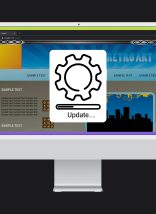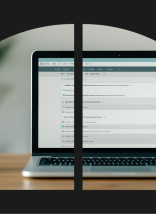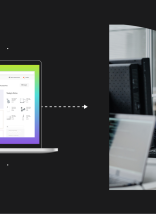If you’ve spent much time hanging around a web developer, search marketer, or a sysadmin at a web development firm, you’ve most likely heard the terms 404 and 301 thrown around. If you’ve been hanging around programmers you can add 500 to that list. So what do these mysterious codes mean to the average web user or business person?
It isn’t too important to the average web user or business person to be knowledgeable about these codes. But, you’ve likely come across them in your travels on the Net so you might still want to know what they are.
May I have the Results, Please?
Most web servers adhere to a standardized set of result codes that every request/response falls under. Each series has a general meaning and within the series there are very specific result codes.
- 200 – Success – Everything is working! (These are generally silent or not sent to the browser. Why? If everything is working ok, why would you send a message saying so? You would see the web page you needed.)
- 300 – Redirection – You are being sent from one page or URL to another. (These are also often silent. You are generally sent to a new location, which should respond successfully)
- 400 – Incomplete – Something happened and the request didn’t complete successfully. (These are generally sent to the browser in some way)
- 500 – Error – There was an internal server error either related to the server or the software running on it. (These are almost always sent to the browser)
Responding to Response Codes
Here are a few of the more popular response codes you might have seen, with some info about them. There are far more, but the details can get pretty gory.
- 301 – The page you were trying to get to has moved to a new location. The server should automatically redirect you to the new page and you shouldn’t have to do anything further. Search engine marketers use 301s a lot when a page is removed or a new website is created. Then visitors and search engines can find the new page easily.
- 403 – You are not authorized to view this page. Either you authenticated incorrectly or your IP address is restricted from viewing the page. In either case, it’s back to the drawing board for you.
- 404 – The page you were trying to get to does not exist. It might have existed in the past and has been removed. Perhaps the link you followed was wrong. There is no redirect and you’ll have to find your page another way. Our creative team put together a great 404 page for our site. Yup, that’s it up there. Hopefully this is the only place on our site that you will see it.
- 500 – Any 500 code means that something has gone wrong. Don’t worry. It’s not your fault. You might try again in a few minutes in case it’s a server load issue. But if the problem doesn’t clear up, let the manager of the website know what happened. Try to remember what you did prior to the error. That information can be helpful for troubleshooting.






